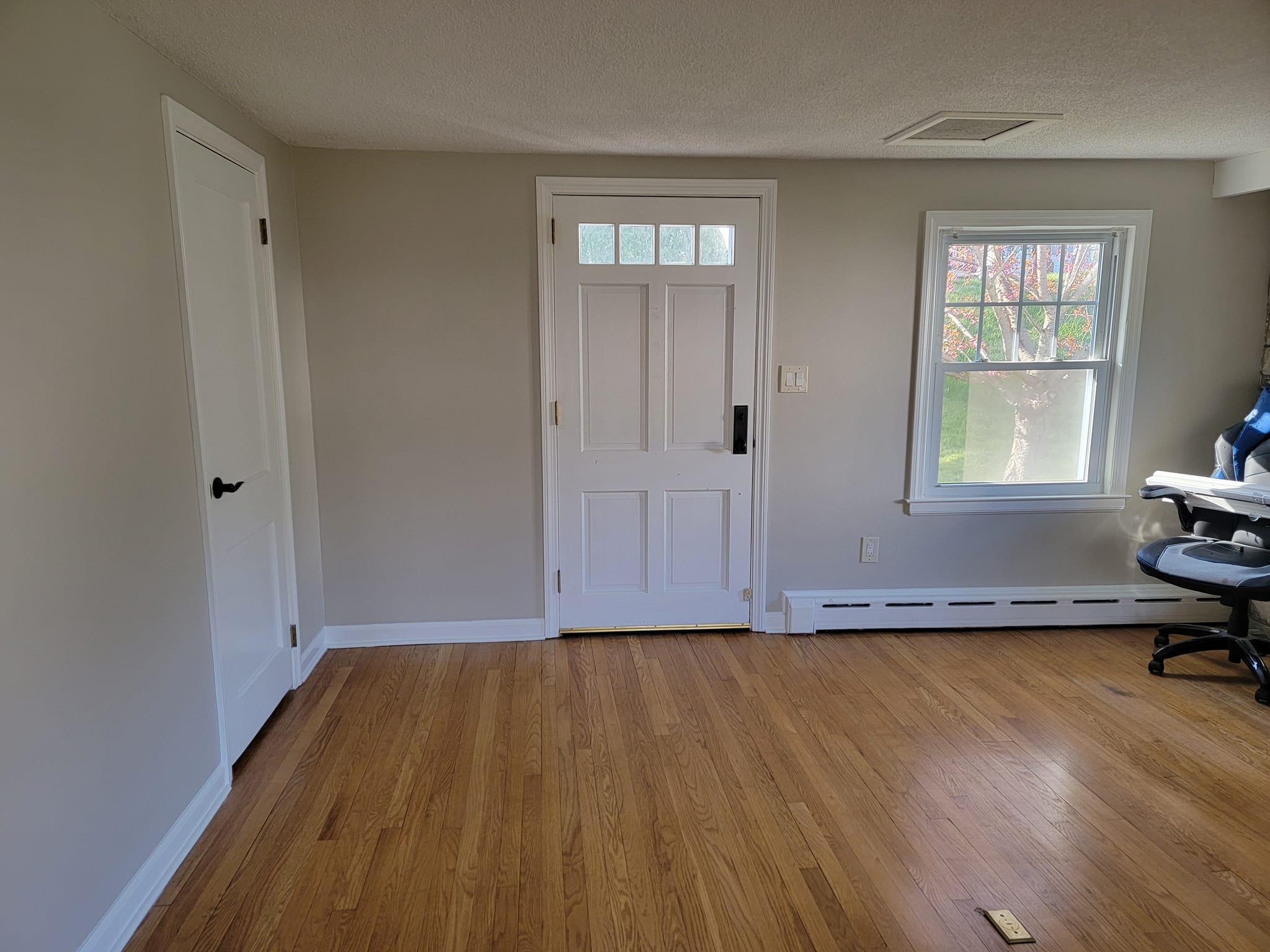
Color Psychology in Home Design: Exploring the Emotional Impact of Paint Aug 16, 2025
Color psychology is the study of how colors influence human behavior and emotions. This field of study reveals that colors can evoke specific feelings and emotions, making them a powerful tool in home design. When selecting paint for your home, considering the emotional impact of color can help create spaces that enhance your well-being and comfort.
Warm colors like red, orange, and yellow are known for their energizing and invigorating qualities. Red is often associated with passion and excitement, making it a popular choice for dining rooms to stimulate conversation and appetite. Orange and yellow are welcoming and cheerful colors, often used in kitchens and living areas to create sunny, lively spaces. However, because they are so stimulating, using them in moderation is key to maintaining balance.
In contrast, cool colors such as blue, green, and purple are known for their calming and relaxing effects. Blue is especially popular in bedrooms and bathrooms due to its association with tranquility and serenity. Green, a color that embodies nature, is both refreshing and soothing, ideal for living rooms and home offices. Meanwhile, purple, with its luxurious undertones, can inspire creativity and is often used in spaces dedicated to artistic pursuits.
Neutral colors like white, gray, and beige serve as versatile backdrops that can enhance other design elements. White is popular for its simplicity and ability to create a sense of spaciousness and cleanliness. Gray offers sophistication and can range from cool to warm tones, providing flexibility in different settings. Beige, a warm neutral, adds warmth and coziness, making it suitable for family rooms and hallways.
Understanding these color dynamics can be the first step in choosing a palette that suits both your personal taste and functional needs. To incorporate color psychology effectively in home design, start by considering the primary purpose of each room. Ask yourself: Do you want the space to be energizing or relaxing? Will the room be used for social gatherings or quiet solitude?
Once you have identified the desired mood for each space, experiment with paint samples on your walls to see how the colors interact with your furniture, lighting, and decor. Paint colors can look significantly different under natural and artificial light, so observe the samples at various times of the day.
Concluding your paint selection journey with these considerations ensures that your home not only looks cohesive but also feels harmonious. At Custom Touch Home Improvement, we are committed to guiding you through every step of your painting project, from choosing the right shades to applying them with precision.
As you embark on personalizing your space through the power of color psychology, remember that your home is an extension of yourself. By selecting hues that resonate with your emotions and lifestyle, you can create an environment that truly reflects you. Let Custom Touch Home Improvement be your partner in designing a home that is both beautiful and emotionally nurturing.
/filters:no_upscale()/media/c1a54568-c06a-4678-9614-a8ec8f95e281.jpg)